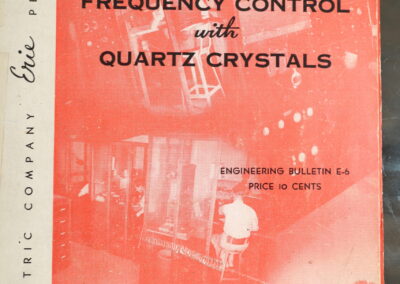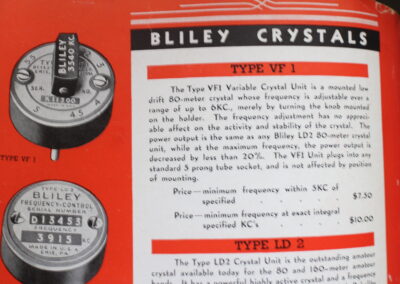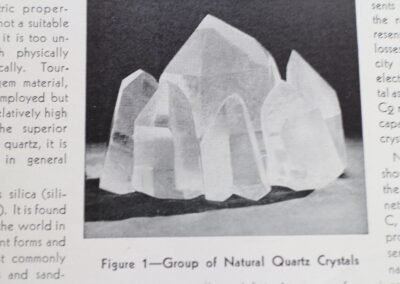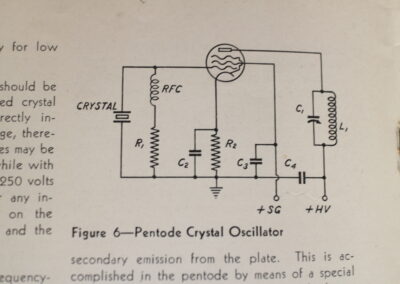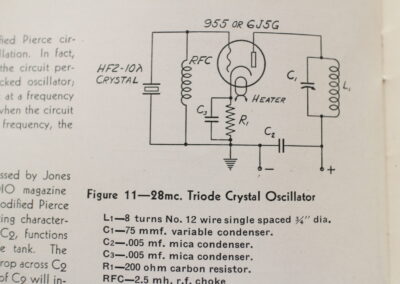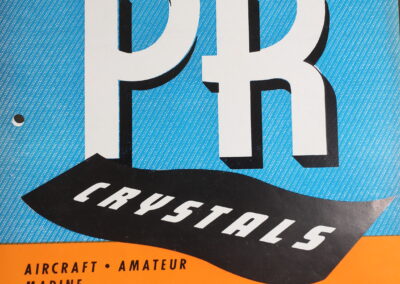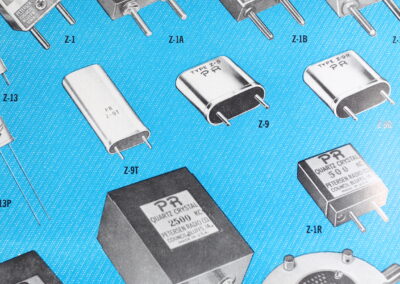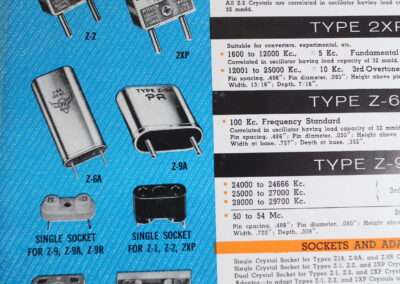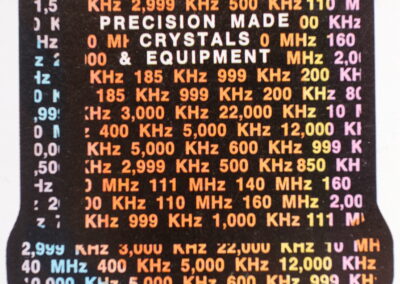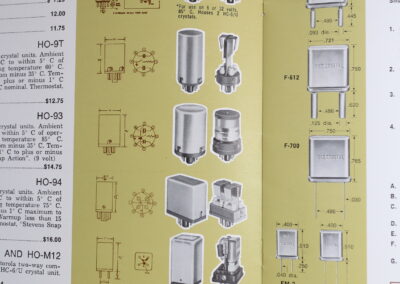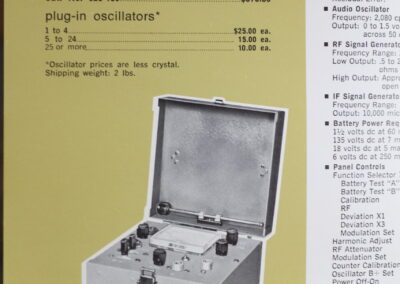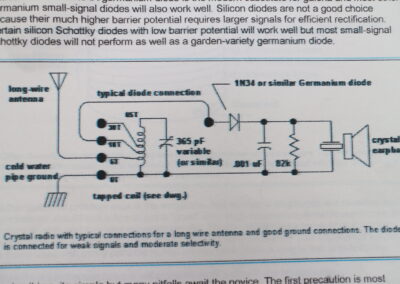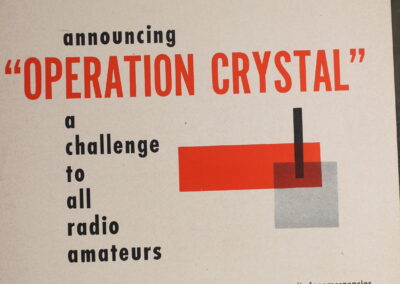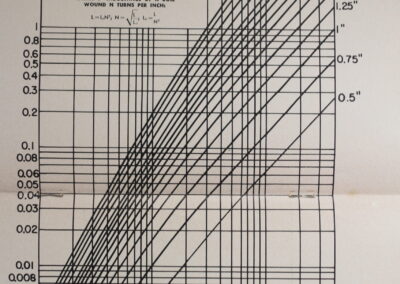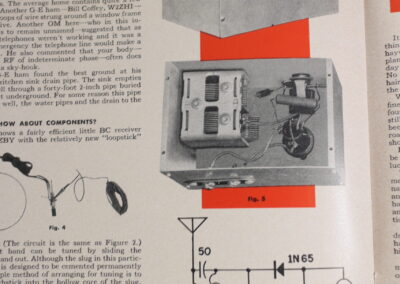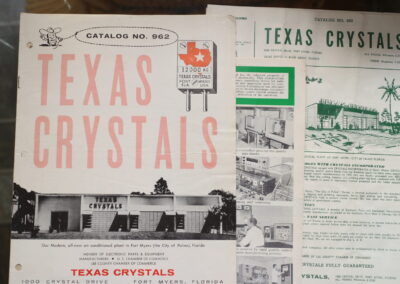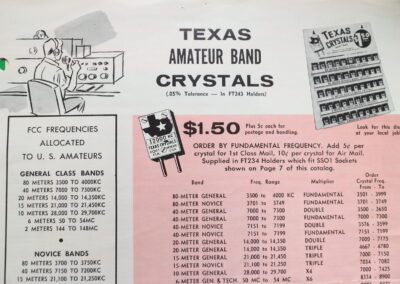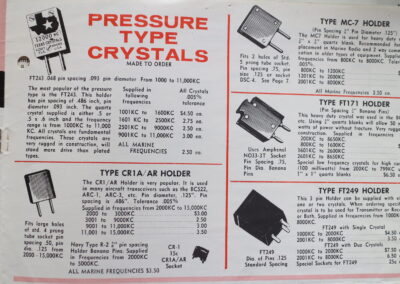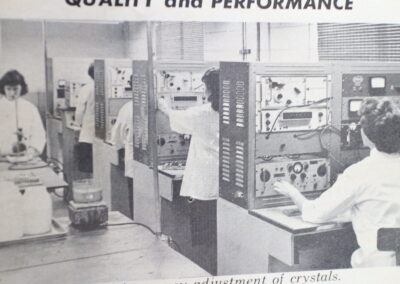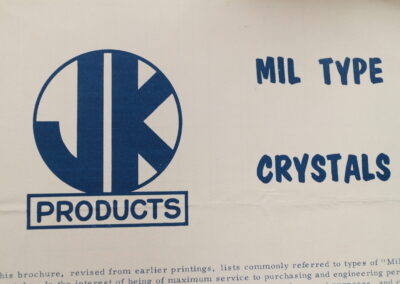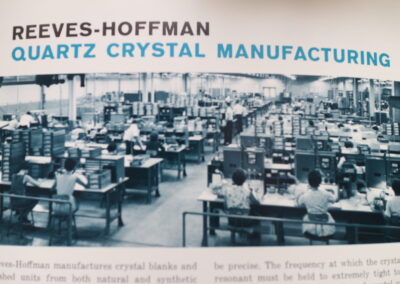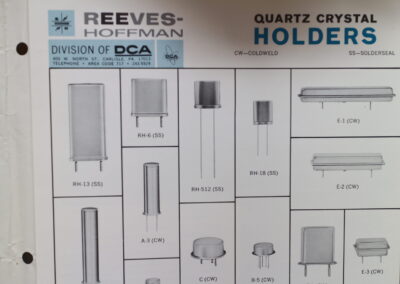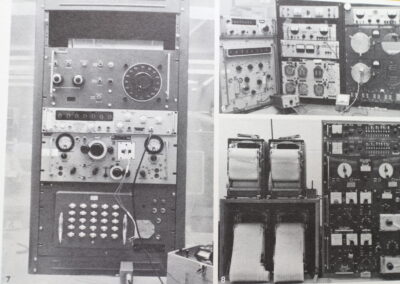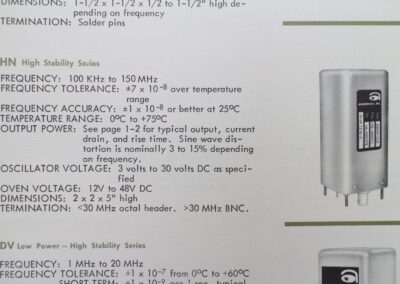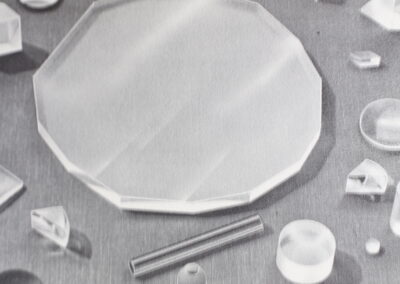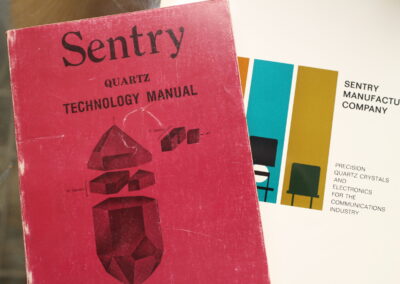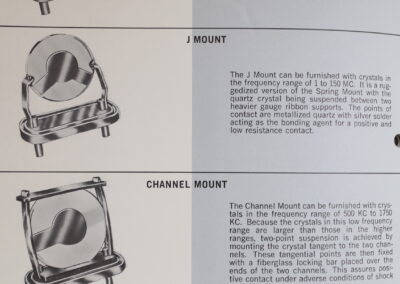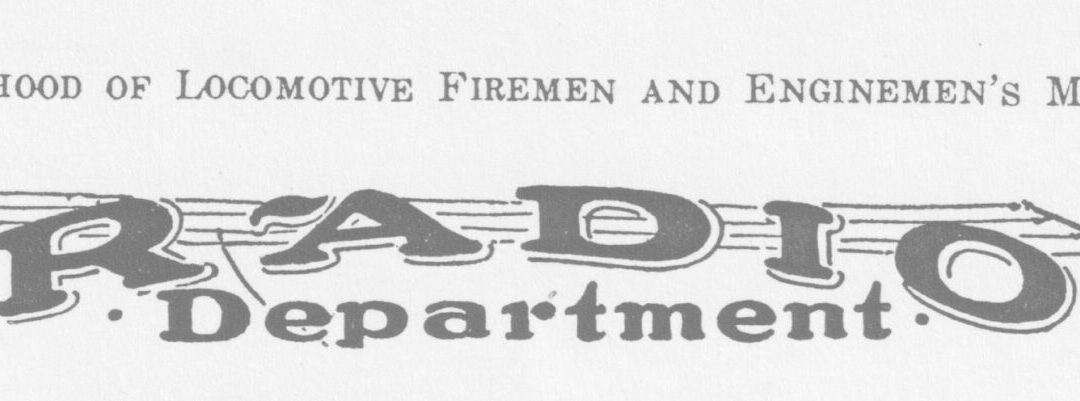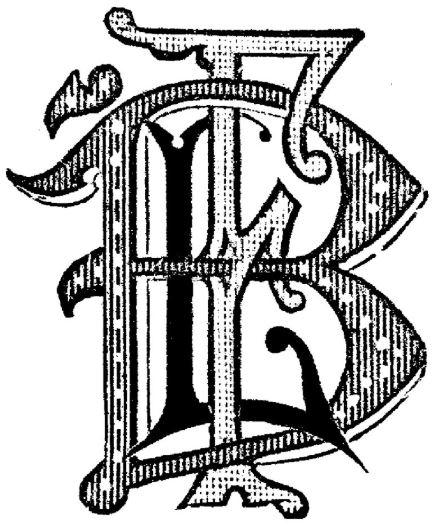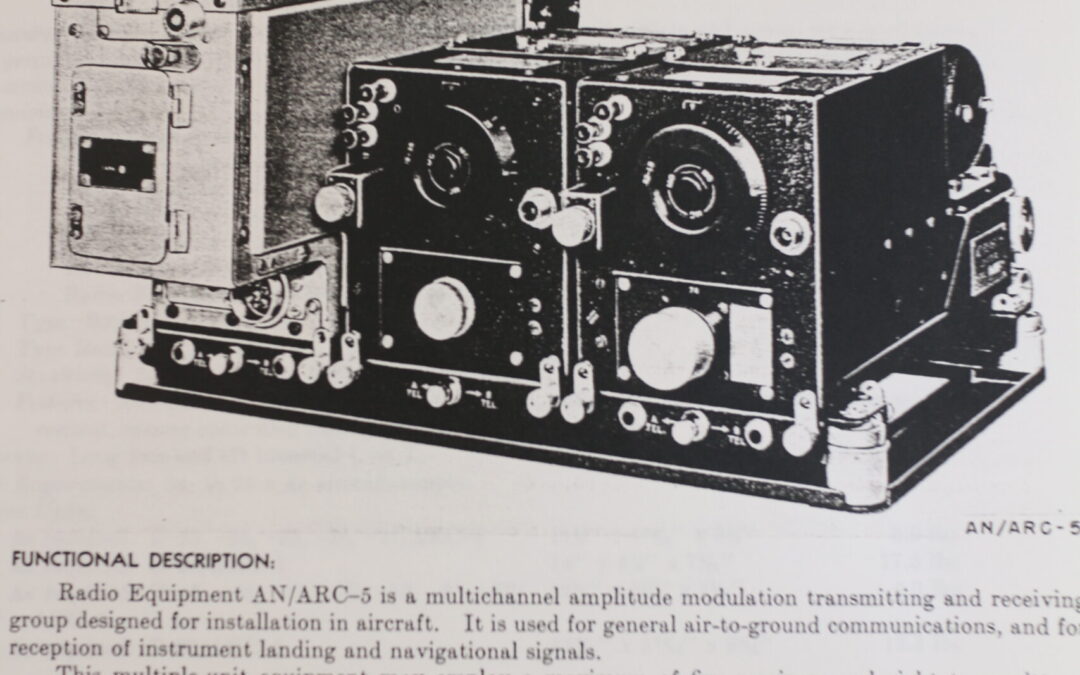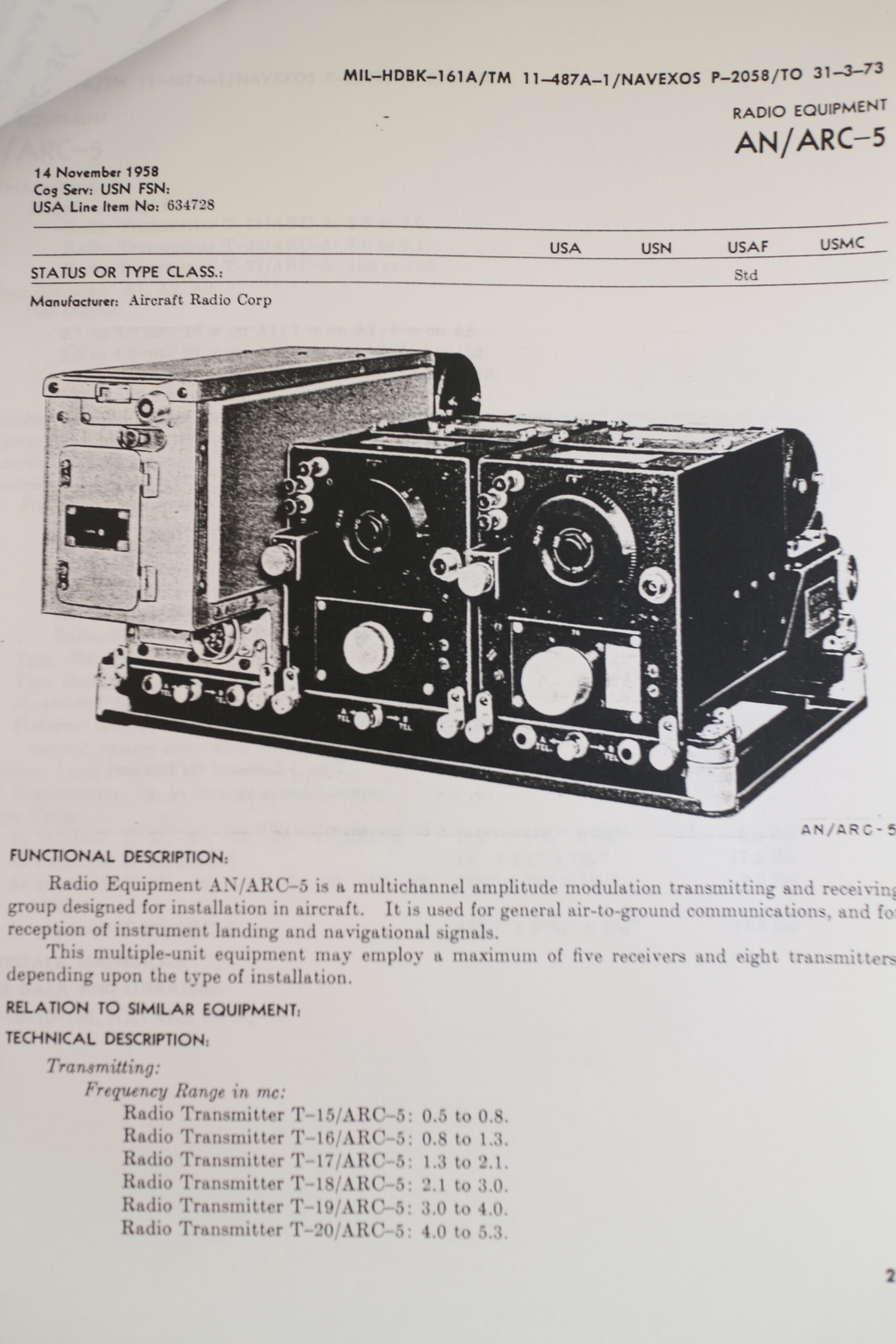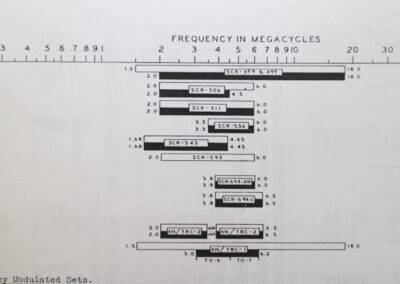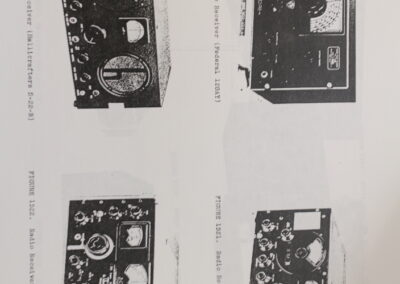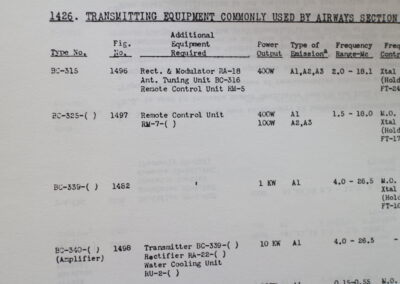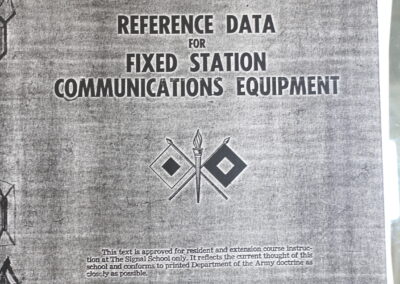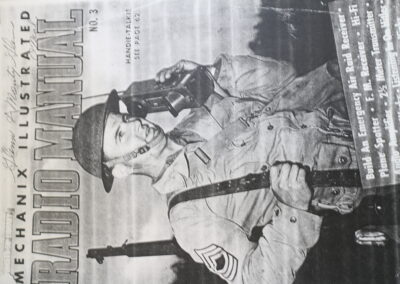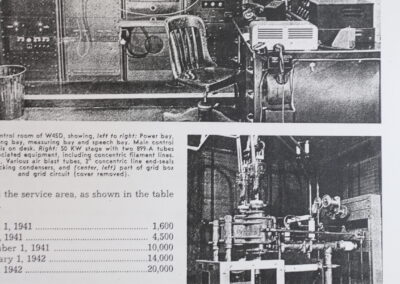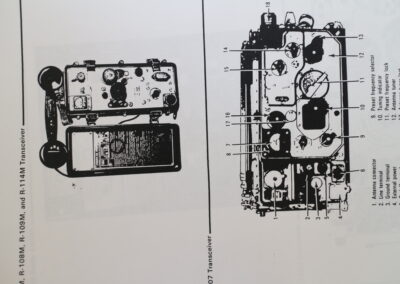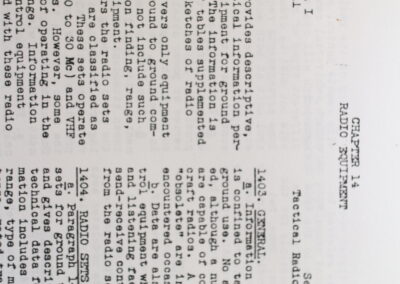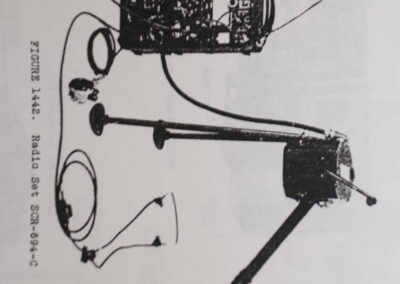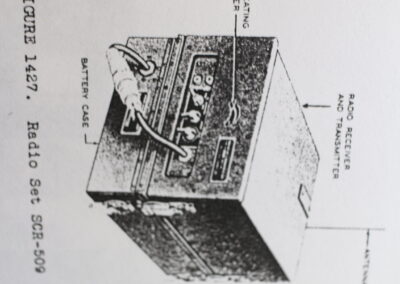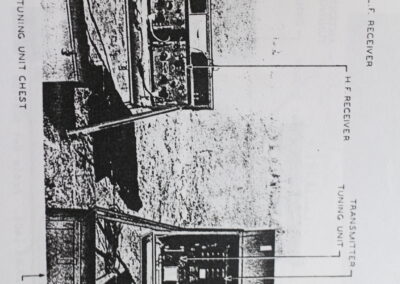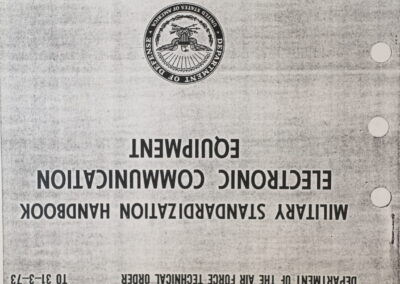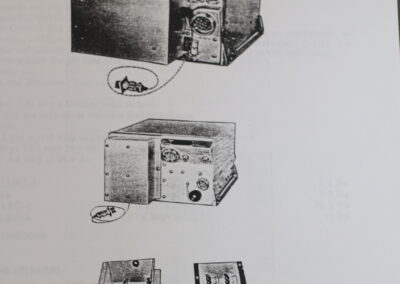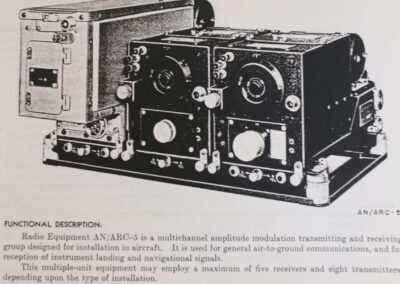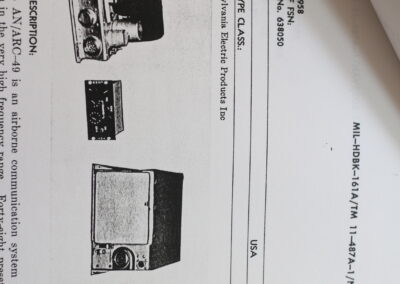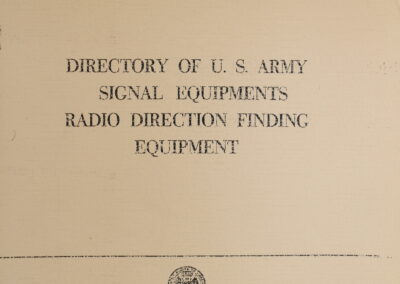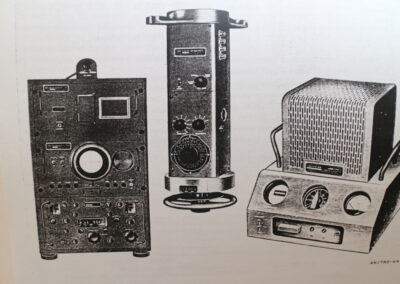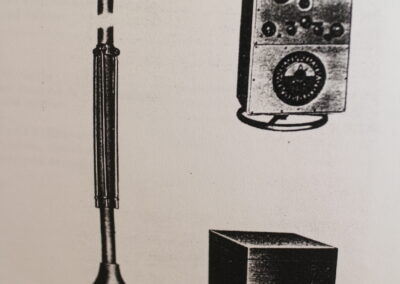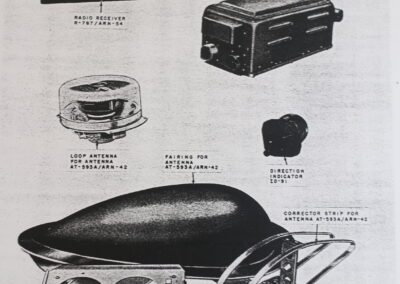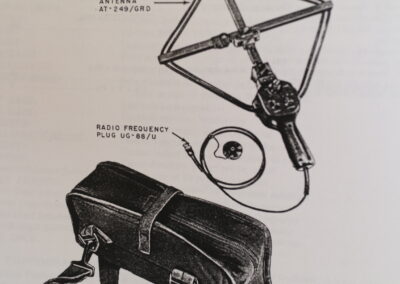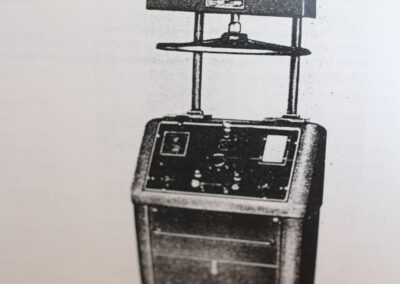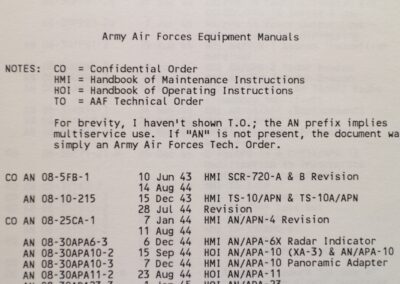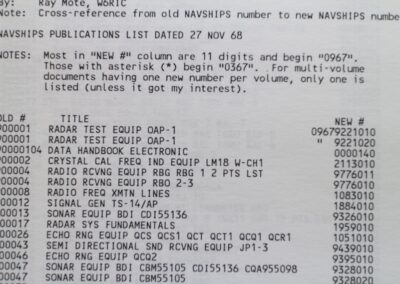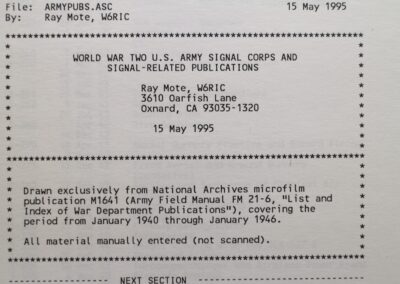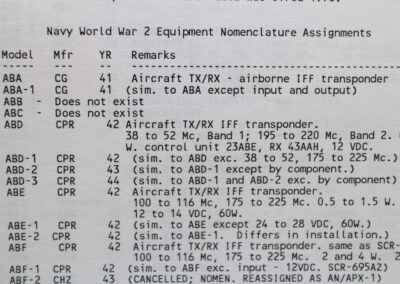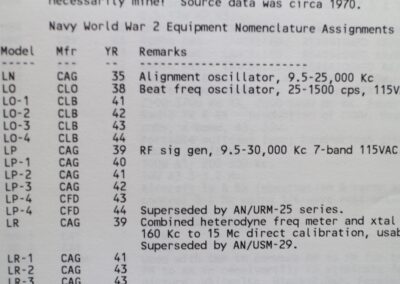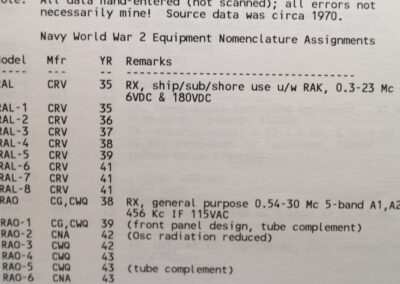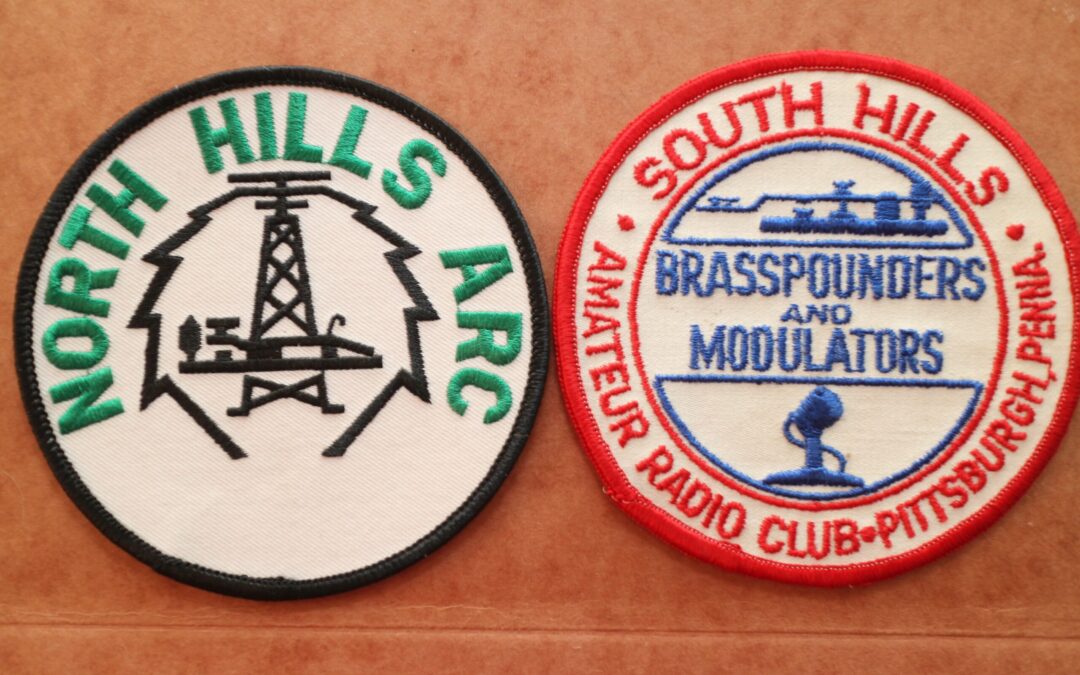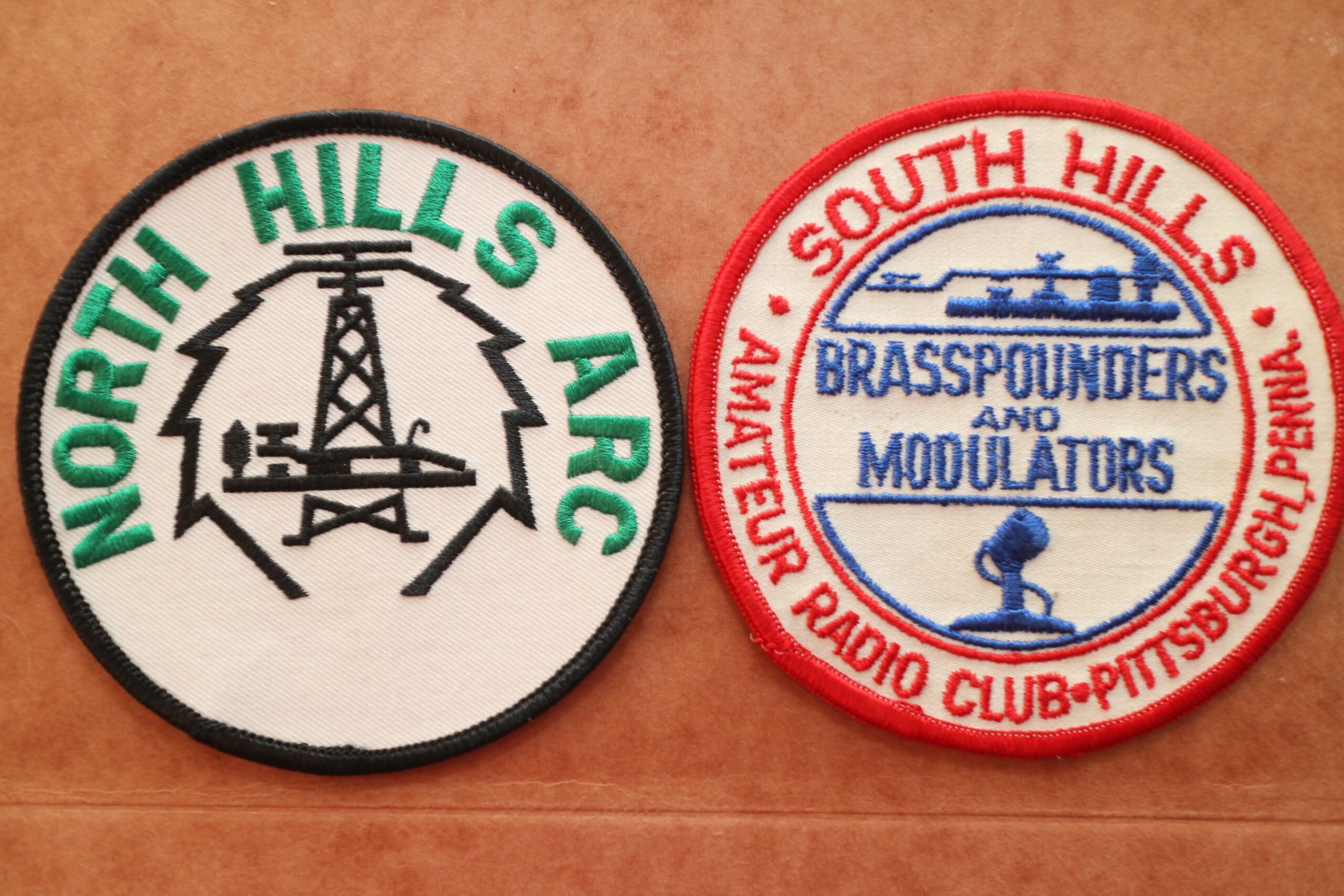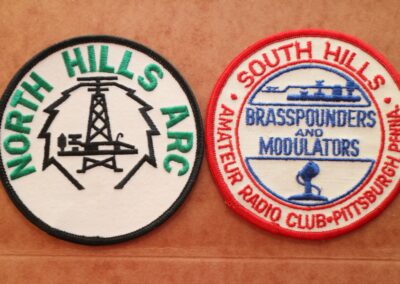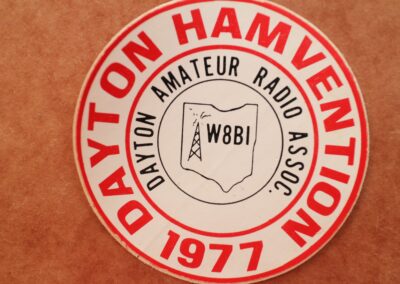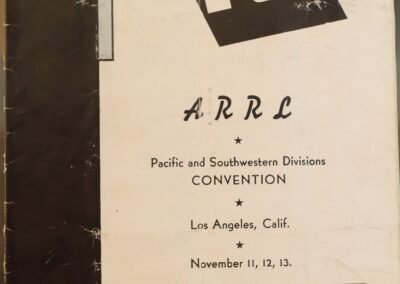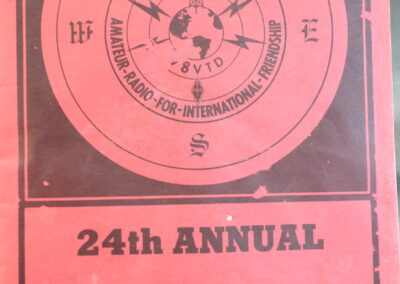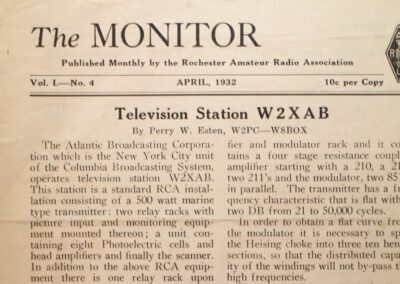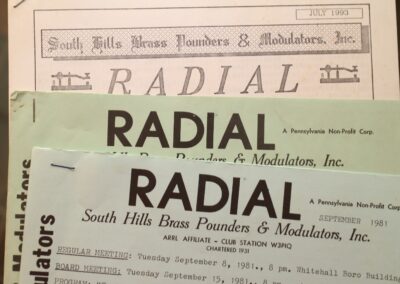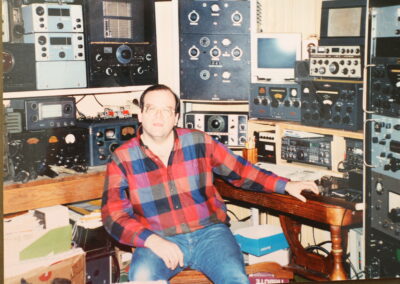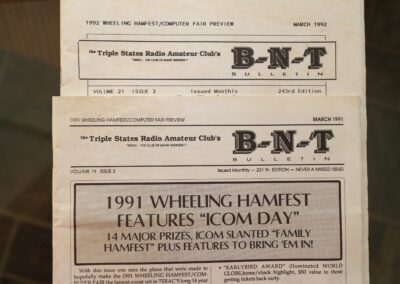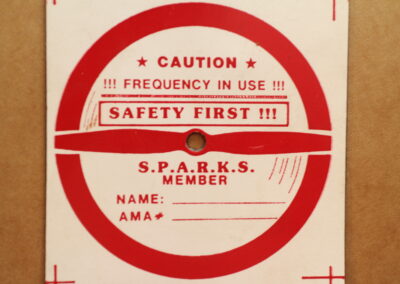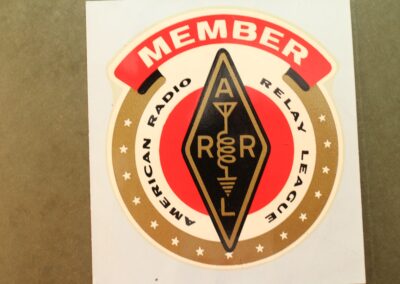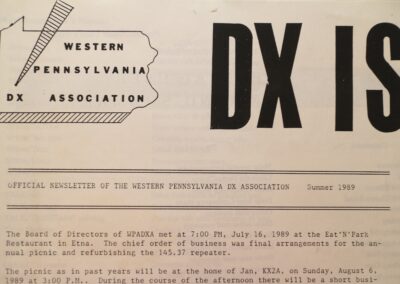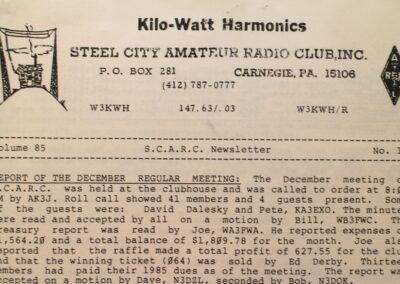Radio History Found In Railroad Union Archives
By
Frank J Lotito K3DZ
It continues to amaze me where one can find articles related to the history of electronics and radio! I am
talking about original publications, not the ramblings of some author (like me) who 50+ years after the
fact puts his own spin on history!
One particular set of publications where the original history of radio and electronics can be found is the
magazine that was published by the “The Brotherhood of Locomotive Firemen and Engineers fn(1) ,” here
after referred to as the “B of LF&E.” I understand that it was quite common way-back-when for fraternal
and labor unions to publish magazines containing articles not only highlighting current events related to
their mission, but also containing articles pertaining to other interests of the members. One of the “other
interests” of the members was “radio” and its allied fields. Most definitely, beyond a doubt, radio during
the 1920’s through the WW2 era was experiencing its “Golden Era!” Everybody wanted in, except for
my maternal grandmother’s commandment of “no radio on Sundays! “Nyet!” followed by a stern look.
In my personal library I happen to have excerpts from a number of the B of LF&E organization’s
magazine titled “Radio Department.” The excerpts range in date from the mid-1920’s through the early
1930’s. The Table below lists, in summary, my holdings. If you are interested, this magazine might be
found in the library archives of footnote 2. The Cornel University archive may be a little difficult to
access. The Radio Department articles are primarily “how to build it yourself.” I can also be enticed to e-
mail you a scanned pdf of an article or two.
Where did I get these excerpts? A photocopy I made years ago from a friend and mentor’s [W3RLX(sk)]
personal semi-organized collection of memorabilia. He obtained this material as a youngster growing up
in the pre-WW2 Turtle Creek, PA area. My friend used to comment on how difficult and expensive it
was to find stuff (material for building and literature) on radio and electronics during the depression era.
To feed his growing interest in radio and electronics he would always have an eye out for radio and
electronics related materials. As I dimly recall, my friend obtained these B of LF&E publications from a
neighbor who belonged to that union.
So, bottom line, while snooping around at flea markets, yard sales, estate sales, charity shops such as
Goodwill/St Vincent dePaul/Salvation Army, keep an eye peeled for 1900’s through maybe 1970’s era
publications other than those obviously devoted to electronics and radio. You never know what you
might find! After all, part of the PARS mission is to preserve the written history of radio and its allied
fields. You never know, one of these literature finds, used as an adjunct, may push your entry into “Best
Of Show” during a PARS event! And, that material may be the God’s honest truth, and not the ramblings
of a self-ordained historian brought up during the post-WW2 era’s “land of plenty!”
[At this point in his original, Frank included a table of a superb set of references to radio articles in the railroad magazine called: Summary of Holdings at K3DZ for the “Radio Department” Section of the Magazine Published by the B of LF&E. Unfortunately we have no way to reproduce the table on the web site and retain its’ formatting. If you want to see the table, please email the webmaster for an email copy of it.]
Footnotes:
fn(1) from Wikipedia: The Brotherhood of Locomotive Firemen and Enginemen (B of LF&E) was a North American railroad fraternal benefit society and trade union in the 19th and 20th centuries. The organization began in 1873 as the Brotherhood of Locomotive Firemen (B of LF), a mutual benefit society for workers employed as firemen for steam locomotives, before expanding its name in 1907 in acknowledgement that many of its members had been promoted to the job of railroad engineer. Gradually taking on the functions of a trade union over time, in 1969 the B of LF&E merged with three other railway labor organizations to form the United Transportation Union. In 1969, the union merged with the Order of Railway Conductors and Brakemen, the Brotherhood of Railroad Trainmen and the Switchmen’s Union of North America to form the United Transportation Union.
fn(2) B of LF&E Archive Sources:
https://catalog.hathitrust.org/Record/000675974
https://libraries.psu.edu/findingaids/1453.htm
https://rmc.library.cornell.edu/EAD/htmldocs/KCL05141.html
fn(3): Originally published in the “Radio News,” copy write:
(a) December 1929
(b) November 1930
(c) December 1930
(d) March 1931
(e) April 1931
fn(4) GE Company, Schenectady, NY

